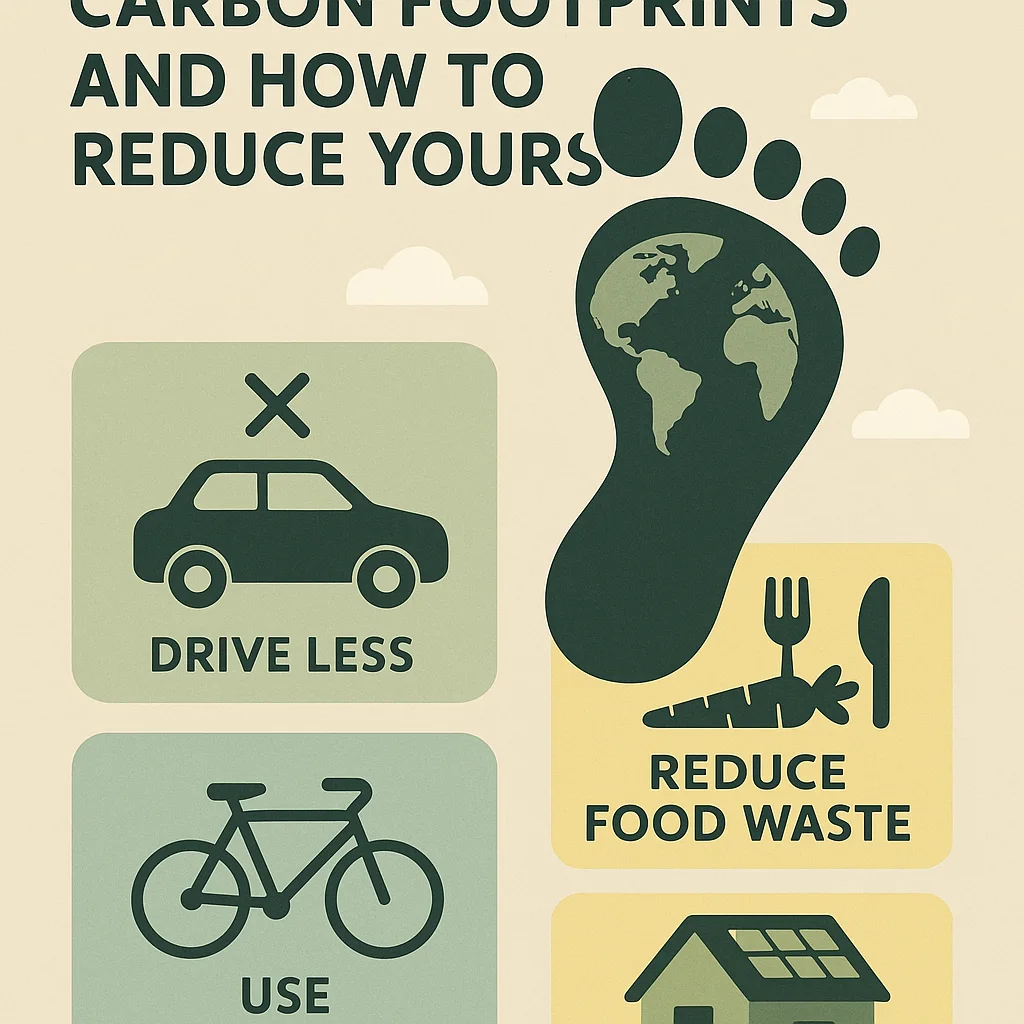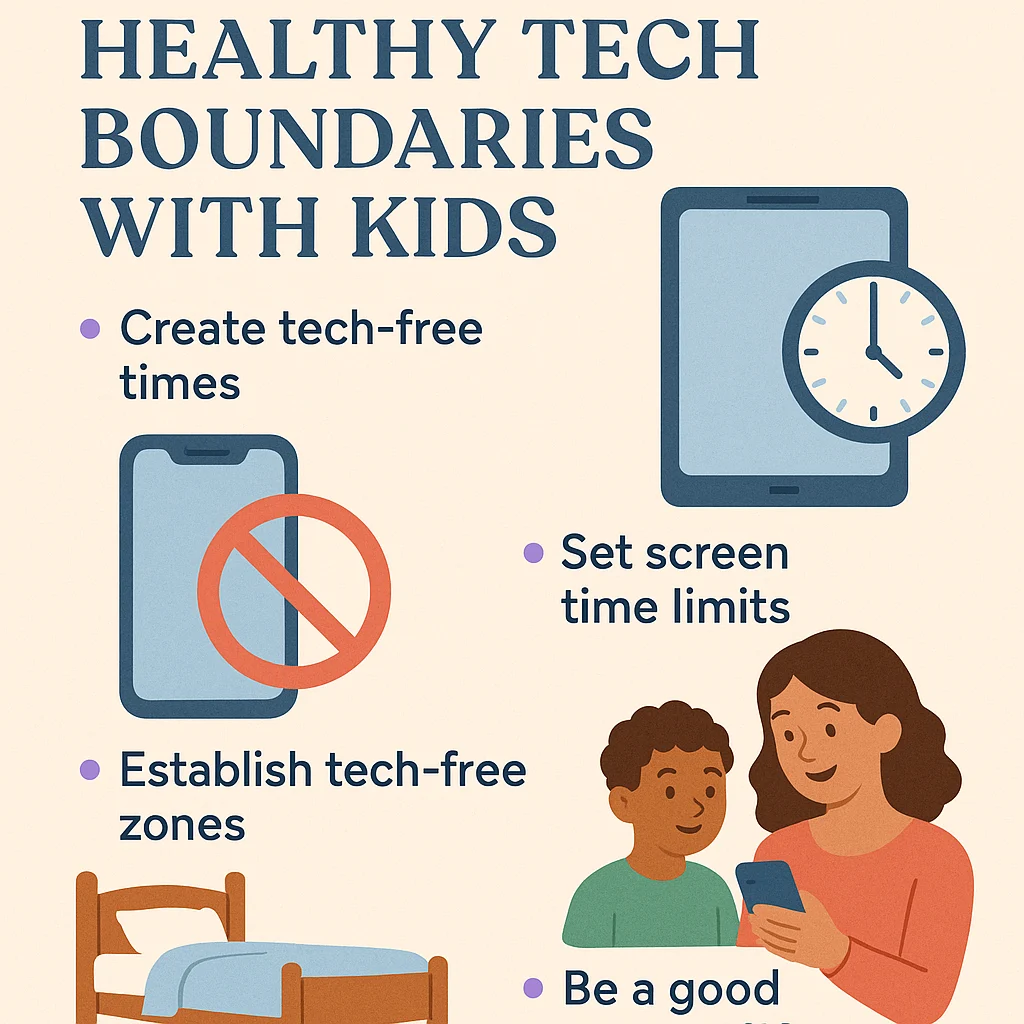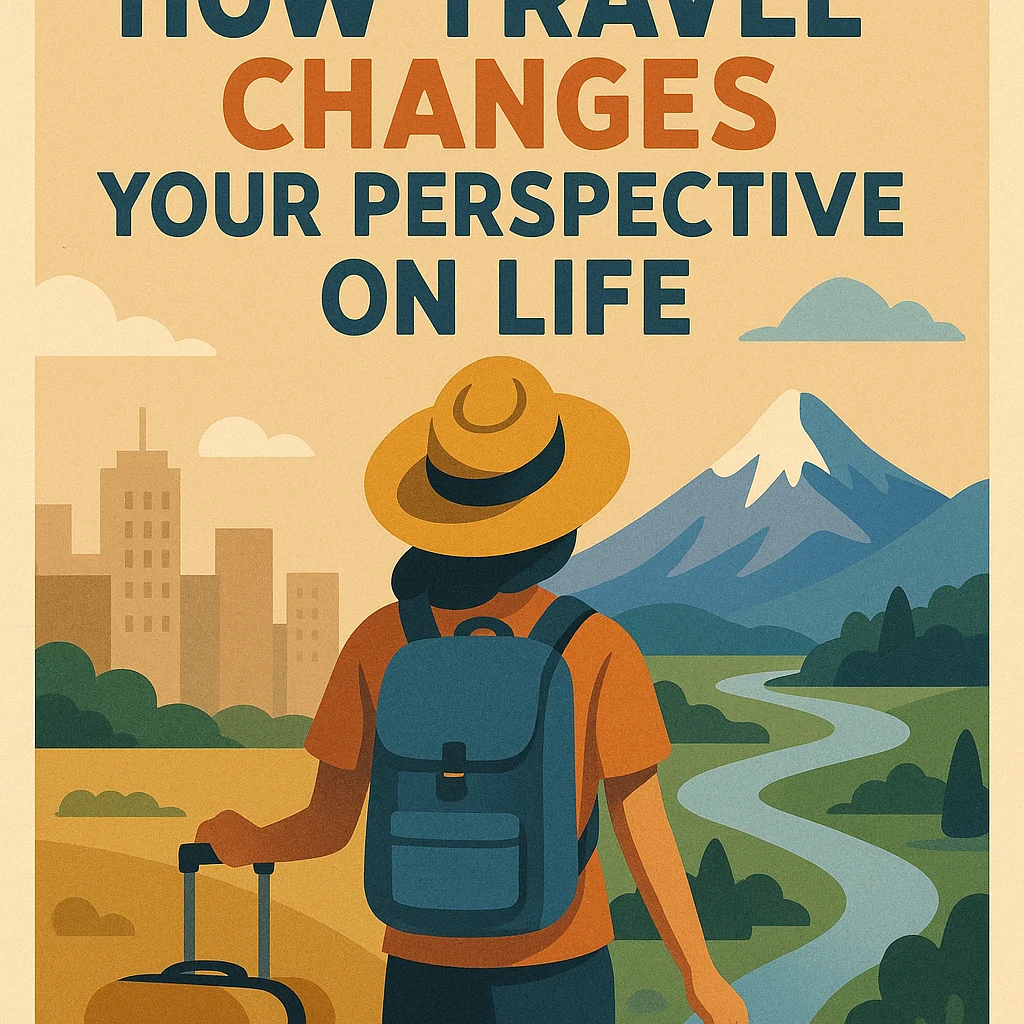The traditional educational system is finding it difficult to meet the needs of the contemporary learner in the quickly changing world of today. Students' varied learning styles, interests, and life goals are frequently not accommodated by the rigidity of structured classrooms, standardized testing, and one-size-fits-all curricula. Alternative learning approaches are a collection of adaptable, individualized, and frequently technologically advanced teaching techniques created for the 21st-century student.
This blog examines the most influential non-traditional teaching approaches influencing contemporary education and how students can use them to advance both personally and professionally.
Why We Need Alternative Learning Methods
Before diving into specific methods, it’s important to understand the “why.”
-
Information Overload: Although we have access to a wealth of information through the internet, traditional schools continue to use antiquated textbooks and few resources.
-
Changing Job Market: Despite being in great demand, public schools hardly ever teach skills like coding, design thinking, and digital marketing.
-
Individual Differences: Not every student does well in passive lecture settings. Many are self-taught, while others are kinesthetic and visual learners.
-
Lifelong Learning: Careers aren't linear anymore. To remain competitive, people must regularly retrain their skills.
Alternative learning methods offer the agility, customization, and relevance that traditional education often lacks.
1. Self-Directed Learning
Definition: Self-directed learning (SDL) gives students the freedom to decide on their own objectives, select their own materials, and track their own development.
Benefits:
-
Encourages independence and motivation.
-
Fosters critical thinking and decision-making.
-
Learners can go at their own pace.
Tools for SDL:
-
MOOCs like Coursera, edX, Khan Academy.
-
Digital libraries and podcasts.
-
YouTube educational channels.
Example: Instead of waiting for a course to be offered at their school, a student interested in game development can learn Unity on their own by following online tutorials.
2. Microlearning
Definition: Content is delivered through microlearning in brief, easily assimilated segments, usually lasting two to ten minutes.
Why It Works:
-
Leverages our short attention spans.
-
Makes it easier to retain information.
-
Ideal for mobile consumption.
Where You’ll Find It:
-
Apps like Duolingo (language), Blinkist (books), or Brilliant (STEM).
-
YouTube Shorts, Instagram reels for quick tips.
-
Flashcard apps like Anki or Quizlet.
Best For: Students and professionals with hectic schedules who require just-in-time instruction.
3. Project-Based Learning (PBL)
Definition: Students actively participate in real-world projects to gain knowledge.
Key Features:
-
Emphasizes collaboration and problem-solving.
-
Focuses on practical application over rote memorization.
-
Often integrates multiple disciplines (e.g., science + writing + design).
Examples:
-
Building a website instead of writing an essay.
-
Designing a sustainable city model to learn about urban planning.
-
Starting a YouTube channel to learn video editing and marketing.
Why It Matters: Employers place a high value on soft skills like creativity, time management, and teamwork, which PBL helps students develop.
4. Experiential Learning
Definition: Learning by doing, reflecting, and experiencing—often outside of the conventional classroom.
Includes:
-
Internships and apprenticeships.
-
Volunteering and travel-based learning.
-
Simulation and role-playing.
Benefits:
-
Reinforces knowledge through real-world application.
-
Builds emotional intelligence and resilience.
-
Develops a deeper connection to the subject.
Example: A student learning business by actually launching a startup.
5. Flipped Classrooms
Definition: Flipped classrooms use class time for discussion and hands-on activities while students watch lectures at home, usually via video.
Advantages:
-
Frees up class time for interaction and personalized help.
-
Encourages active learning and accountability.
-
Makes learning more student-centric.
Tools Used:
-
Screencast videos, Google Classroom, Padlet.
-
Interactive quizzes (Kahoot, Quizizz) to assess understanding.
Flipped classrooms are especially effective in blended or hybrid learning environments.
6. Gamified Learning
Definition: integrating game components into the educational process, such as narratives, competition, and rewards.
Why It Works:
-
Increases motivation and engagement.
-
Turns challenges into fun quests.
-
Encourages consistent practice.
Examples:
-
Duolingo’s streaks and XP points.
-
Classcraft turns the classroom into a multiplayer game.
-
Kahoot for quiz-based competitions.
Gamification is becoming more and more popular in corporate training and higher education, but it is particularly well-liked in K–12 education.
7. Peer-to-Peer Learning
Definition: Talking, working together, and teaching among equals are all ways to learn.
Formats:
-
Study groups and book clubs.
-
Online forums like Reddit, Discord, or Stack Overflow.
-
Cohort-based courses where students teach each other.
Benefits:
-
Reinforces understanding through teaching.
-
Builds community and accountability.
-
Reduces reliance on formal instructors.
Note: The foundation of open-source communities is peer learning, in which developers gain knowledge by making contributions to actual codebases.
8. Learning by Teaching (The Feynman Technique)
Definition: When a concept is presented in straightforward terms, learners gain a deeper understanding of it.
Steps:
-
Choose a concept.
-
Teach it as if to a child.
-
Identify gaps and review.
-
Simplify and repeat.
Benefits:
-
Exposes knowledge gaps.
-
Solidifies comprehension.
-
Builds confidence.
This method is used by everyone from science students to CEOs—and it's incredibly effective.
9. Subscription and On-Demand Platforms
Experts teach specialized courses on platforms such as Skillshare, MasterClass, Udemy, and LinkedIn Learning. They serve students with limited funds or specialized interests with their inexpensive or subscription-based models.
Why They Work:
-
Learners can explore anything from watercolor painting to data science.
-
Often include projects and certificates.
-
Accessible 24/7.
Caution: Look for courses with high ratings and practical applications; not all courses are created equal.
10. Homeschooling and Unschooling
Homeschooling: The curriculum is created by parents and is frequently adjusted to the child's interests and pace.
Unschooling: A more radical version: children are naturally curious and learn from their experiences.
Benefits:
-
Highly personalized education.
-
Fosters independence and self-motivation.
-
Freedom from standardized tests and rigid schedules.
Challenge: Requires time, parental involvement, and legal awareness based on region.
11. EdTech-Enhanced Learning
EdTech is revolutionizing education with tools like:
-
AI tutors (ChatGPT, ScribeSense)
-
VR simulations (medical training, virtual labs)
-
Learning analytics to track progress
-
Adaptive learning software that adjusts to the student’s level
Technology is being used wisely to make education more inclusive, accessible, and affordable.
Challenges and Considerations
While alternative learning methods offer tremendous benefits, they’re not without limitations:
-
Self-discipline is crucial.
-
Not all methods are accredited or recognized by employers.
-
Access to technology may be a barrier for some learners.
-
Quality varies—not all courses or platforms are equally effective.
The most sustainable strategy is frequently a well-rounded one that incorporates both conventional and unconventional techniques.
Final Thoughts
Nowadays, education is not limited to a classroom's four walls. Whether you're a lifelong learner, working professional, or student, there are countless opportunities to expand your knowledge, hone your skills, and follow your passions in ways that fit your brain and lifestyle.
Alternative approaches are stepping up to meet the demands of experiential, personalized, and adaptive learning in the modern era. The options are endless, whether you're learning to write code through gamification, learning languages through microlearning, or exploring different cultures around the world.
So don’t wait for permission. Start learning your way—today.




Leave a Reply